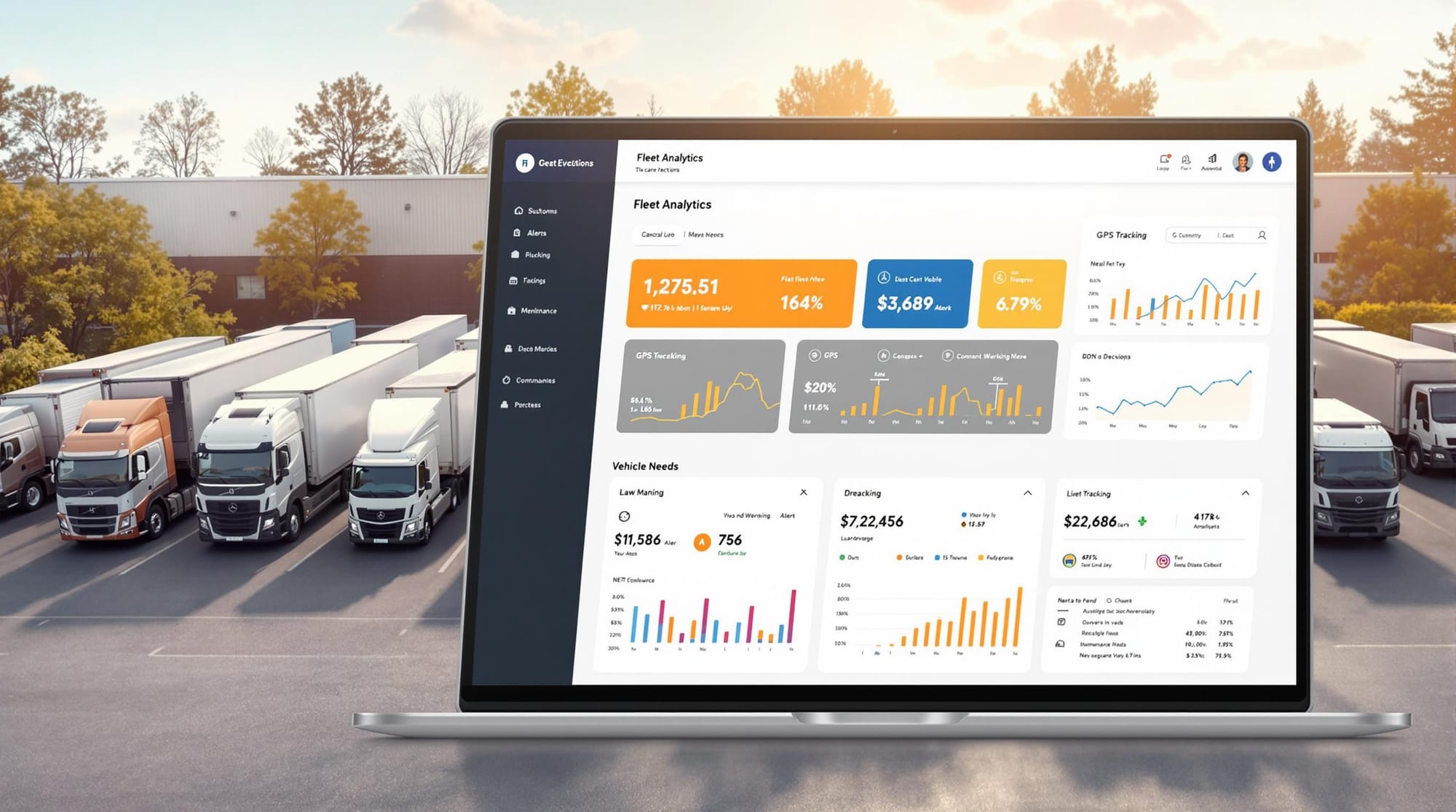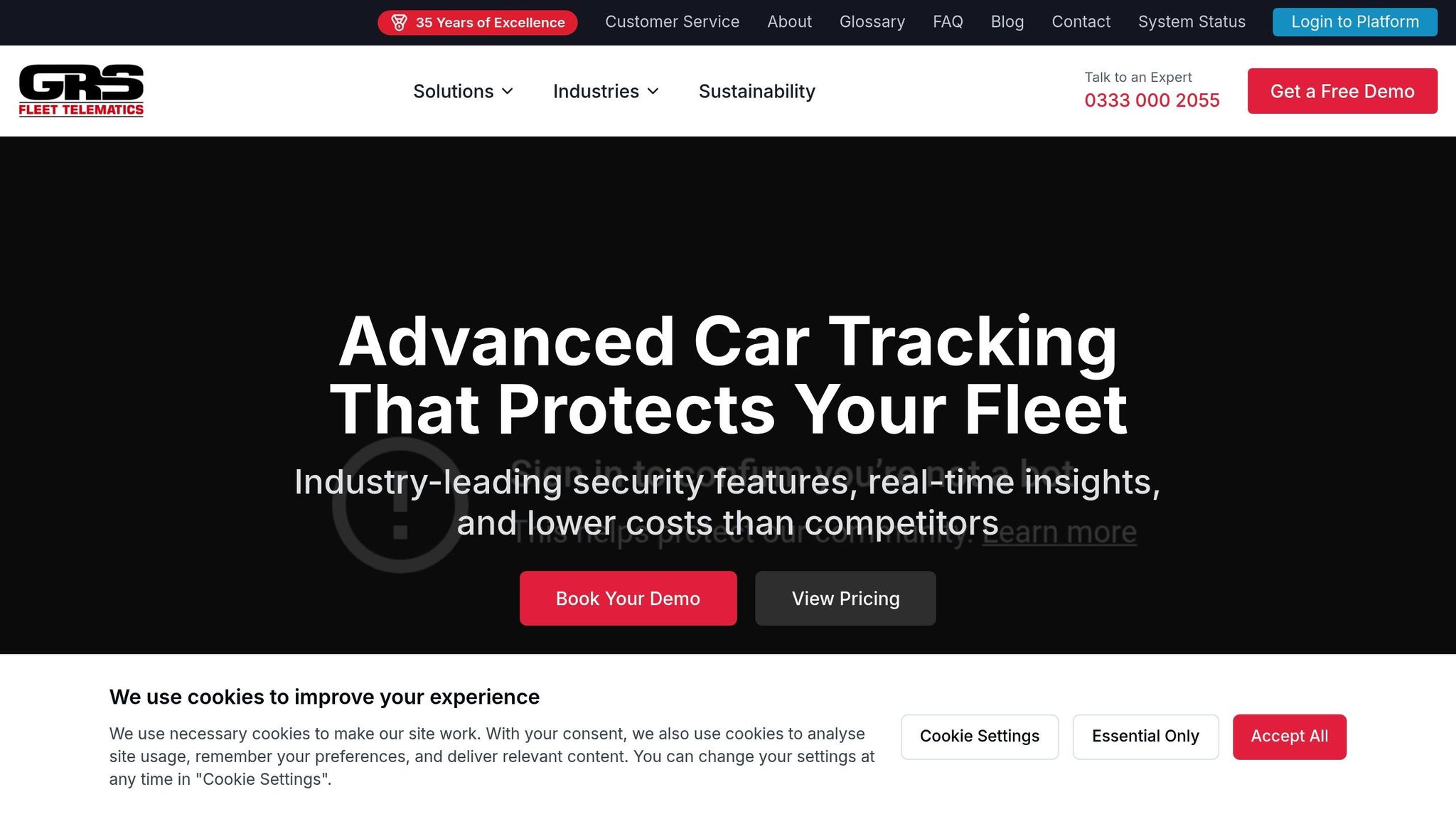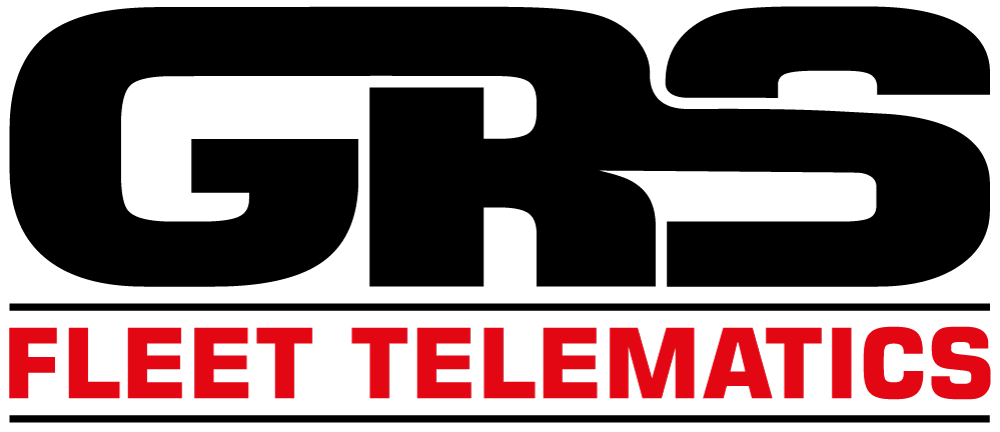Top Fleet Telematics Questions Answered
Explore how fleet telematics can enhance vehicle management, reduce costs, and improve safety through real-time data tracking and analysis.

Fleet telematics can save businesses money, improve safety, and simplify operations. Here's what you need to know:
- What is fleet telematics? It's a system that tracks vehicle data like location, fuel usage, and driver behaviour in real time.
- How does it work? Using GPS, onboard diagnostics, and wireless communication, it collects and processes data for better decision-making.
- Why use telematics? It reduces fuel costs, improves route efficiency, enhances driver safety, and helps with compliance. Businesses have reported over 20% growth after adopting these systems.
- What are the costs? Pricing starts at £7.99 per vehicle per month, with hardware options from £35 to £99.
Key benefits include:
- 15% fuel savings
- Improved safety with driver monitoring
- Theft prevention with dual-trackers and immobilisation
- Tools for regulatory compliance and cost reduction
Fleet telematics is a practical tool for any business managing vehicles, offering a clear return on investment through lower costs and safer operations.
What is Telematics? (and How Can it Help Your Fleet?)
Telematics System Components
Hardware and Software Elements
Telematics systems rely on a combination of advanced hardware and specialised software. At the core of these systems is a device that incorporates several key components:
| Component | Primary Function |
|---|---|
| GPS Receiver | Tracks real-time location |
| Engine Interface Unit | Monitors vehicle diagnostics |
| Accelerometer | Detects movement and driving behaviour |
| Alert Buzzer | Provides audible notifications to drivers |
| SIM Card | Facilitates data transmission |
| I/O Port | Connects to external computers |
These components work together to provide the essential data required for managing fleets efficiently. The devices connect to vehicles using methods such as:
- OBD-II Devices: Plug into the diagnostics port to access vehicle data.
- CAN Bus Connectors: Provide access to ECU (Engine Control Unit) metrics.
- In-cab Coaching Units: Offer immediate feedback on driving performance.
This hardware setup forms the backbone of telematics systems, enabling them to deliver critical insights for fleet operations.
Main System Functions
Telematics systems go beyond hardware by processing and analysing data to enhance fleet performance. They collect, transmit, and interpret information to support decision-making. Industry data shows that 86% of fleets now use telematics, highlighting its importance in modern fleet management.
"Telematics is an essential tool that helps optimise several elements in fleet management. Telematics help with fleet management by collecting real-time data which includes location, fuel use, vehicle speed, driver behaviour, and more." – In Car Telematics (ICT)
The systems track various metrics across key categories:
| Data Category | Metrics Tracked |
|---|---|
| Vehicle Performance | Fuel use, engine health, tyre pressure |
| Driver Behaviour | Speed, braking intensity, idle time |
| Journey Information | Route progress, position updates, stops made |
| Safety Metrics | Harsh driving events, incident records |
| Compliance Data | Work hours, HOS logs, IFTA reporting |
The data flows through three main stages:
- Collection: GPS satellites gather location data.
- Transmission: Information is sent via cellular or satellite networks.
- Processing: Servers analyse the data for actionable insights.
Fleet managers access this processed information through web-based dashboards, allowing real-time monitoring and smarter decision-making. These systems turn raw data into insights that improve routing, enhance safety, and lower operational costs.
GRS Fleet Telematics Tools

Live Tracking and Routes
GRS provides a real-time tracking system that pinpoints vehicle locations, plans efficient routes, and offers turn-by-turn navigation. This makes navigating unfamiliar areas much easier. Fleet managers can oversee their entire operation through a central dashboard, allowing them to address route changes or delays quickly.
Driver Safety Tools
GRS's driver safety system monitors key behaviours to promote safer driving. Here's how it works:
| Behaviour Type | Monitoring Parameters | Safety Benefits |
|---|---|---|
| Speed Management | Speed limits, contextual speeds | Lowers accident risks |
| Driving Style | Harsh braking, rapid acceleration | Extends vehicle lifespan |
| Rest Compliance | Working hours, break patterns | Reduces driver fatigue |
| Route Adherence | Geofencing, approved routes | Ensures compliance with policies |
"The data stored on tracking systems gives organisations access to information on poor driving habits." - orsa.org.uk
Fuel Management
GRS's fuel management tools are designed to cut costs by monitoring fuel use in detail. The system highlights driving habits that consume excessive fuel and offers practical suggestions. Eco-driving analytics focus on:
- Tracking idle times
- Maintaining efficient speeds
- Optimising route choices
Anti-Theft Features
GRS provides multiple security options tailored to your needs, using tiered hardware setups:
| Package | Hardware Components | Security Features |
|---|---|---|
| Essential | Single wired tracker | Basic real-time tracking |
| Enhanced | Primary tracker + Bluetooth backup | Dual-layer tracking |
| Ultimate | Dual trackers + immobiliser | Advanced theft prevention |
The Ultimate package includes remote immobilisation, offering top-tier protection for valuable vehicles. Even if the primary tracker is tampered with, the dual-tracker system ensures uninterrupted monitoring. These security measures are included in GRS's competitively priced plans.
Pricing Options
GRS pricing starts at £7.99 per vehicle per month, covering SIM and data costs, account management, platform access, and software updates. Hardware prices range from £35 for the Essential package to £99 for the Ultimate package. Free installation is available when bundled with fleet branding, and a pay-per-recovery model eliminates upfront fees.
Business Impact of GRS Fleet Telematics
Cost Reduction Methods
GRS Fleet Telematics helps lower expenses by improving route planning and tracking fuel usage. For a fleet of 20 vehicles, these enhancements can save over £4,800 per month through better efficiency. Here's what it means for each vehicle on a weekly basis:
| Improvement Area | Weekly Outcome |
|---|---|
| Route Optimisation | 25 miles saved per vehicle |
| Overtime Reduction | 1 hour less per driver |
| Additional Deliveries | 1 extra stop per vehicle |
| Fuel Efficiency | 15% less fuel consumption |
By keeping speeds within optimal ranges, the system reduces fuel use and wear on vehicles. For instance, driving at 70 mph instead of 60 mph can increase maintenance costs by over 75%.
Vehicle Security
The system employs multiple layers of security to protect vehicles. While cost savings are important, ensuring fleet security is equally critical. Features like geofencing allow managers to create virtual boundaries, triggering alerts if vehicles enter restricted areas or operate outside approved hours. Additionally, dual-tracker technology ensures uninterrupted monitoring, even if the main device is tampered with.
"If you want to cut down on operational costs and improve the efficiency of your fleet, investing in a fleet management system is a must." – Rewire Security
Safety and Rules
Beyond cost and security advantages, staying compliant with safety regulations is essential. GRS Fleet Telematics supports fleet operators in meeting UK safety standards while reducing accident risks. Key features include:
| Safety Measure | Business Impact |
|---|---|
| Speed Monitoring | Avoids expensive speeding fines |
| Rest Period Tracking | Ensures compliance with UK laws |
| Harsh Driving Detection | Cuts down on maintenance expenses |
| Zone Management | Handles ULEZ and congestion zones |
The platform also simplifies compliance documentation with detailed reporting tools, which are especially useful during audits. Driver behaviour reports highlight areas for training, helping prevent safety issues before they become bigger problems.
Conclusion
GRS Benefits Overview
Fleet telematics offers a clear return on investment by combining monitoring with management tools. For example, cutting fuel consumption by 15% can save around £780 annually for a vehicle spending £100 per week on fuel.
Here’s a quick summary of the key benefits:
| Benefit Area | Impact |
|---|---|
| Fuel Economy | 15% reduction in fuel consumption |
| Installation | Free service across the UK |
| Hardware Cost | £49.99 + VAT per unit |
| Monthly Fee | £9.99 + VAT per vehicle |
| Support | 24/7 recovery assistance |
These features make it easy to integrate the system into your operations efficiently.
"Excellent tracking system. Does more than I expected, and is reliable. The Gtrak team have also gone the extra mile to make sure the system fits my requirements. Used 3 other telematics systems in the past, and more than happy with Gtrak as our provider. Great value for money for peace of mind." - Claire
Next Steps for Managers
With these benefits in mind, here’s how to get started with fleet telematics without disrupting daily operations. The technical team ensures smooth setup and functionality right from the beginning.
Steps to onboard:
- Book a demonstration: See how the system works in real-time.
- Professional installation: Available nationwide in the UK.
- Team training: Get your staff up to speed with detailed system guidance.
"We are a small cleaning business with 3 vans. Gtrak has worked really well for us. The Google mapping is great for helping pin-point destinations for our drivers, and we now pay our wages using the time sheet reports. The time saved means we can concentrate on winning new business. It has been a great investment for our business." - Lisa Nelson
With flexible, no-contract options and ongoing expert support, adopting telematics has never been easier. The intuitive interface ensures quick learning, allowing fleet managers to focus on improving operations and cutting costs.
